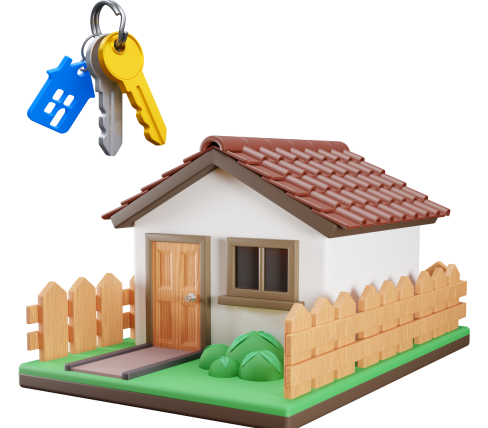Exploring & Understanding Mortgage Loan Modifications to Retain Your Home
Financial problems like job loss, illness, or divorce can make it hard for homeowners to pay their mortgage. If you’re having trouble making your monthly payments, a mortgage loan modification might help you keep your home.
What Is a Loan Modification?
A loan modification is a permanent change to your existing mortgage. Unlike refinancing (which replaces your mortgage with a new one), loan modification simply changes the terms—like reducing your payments—so you can afford them.
Sometimes, you need to complete a trial period before these changes become permanent.
Common Loan Modification Options
After you apply for a modification, your lender will look at your situation and decide which changes are best for you. Some possibilities include:
- Lowering your monthly payments by reducing the loan amount and/or the interest rate.
- Extending your loan term, sometimes up to 40 years, which lowers payments by spreading them out longer.
- Adding missed payments to your balance and recalculating your new monthly payment.
- Forgiving some of the loan balance to help reduce your payments.
- Switching from an adjustable-rate or interest-only mortgage to a fixed-rate plan to make your payments more stable.
How to Qualify for Loan Modification
Every lender and loan program has its own requirements, but you usually have to:
- Prove financial hardship. This means showing your lender you’ve had a major life change—like losing a job, experiencing a death in the family, divorce, or dealing with disaster—which has made it tough to pay your mortgage.
- Show you can make the new payments. You’ll need to provide your financial details, like income, assets, and recent bank statements.
How to Apply
If you’re behind on your payments or know you won’t be able to afford your next one, call your lender as soon as possible. Your lender will explain your options, and loan modification could be one of them. You can also talk to a HUD-approved housing counselor for free help.
When you apply, gather paperwork such as:
- Proof of your financial hardship (like medical bills or documents proving loss of income).
- Bank, investment, and pay statements.
- Any documents related to your mortgage and missed payments.
Types of Loan Modification Programs
Modification programs differ based on the type of mortgage you have:
- Conventional Loans (Fannie Mae & Freddie Mac): The Flex Modification Program is available if you can prove hardship and steady income. You typically must have had your loan for at least 12 months and be behind on your payments.
- VA Loans: If you have a VA loan, you can ask for a longer term, a lower interest rate, or a new payment plan that includes past-due amounts.
- USDA Loans: If you’re close to defaulting, you might qualify for a longer loan term or a lower interest rate.
-
Find out if you're eligible for more housing support here!









